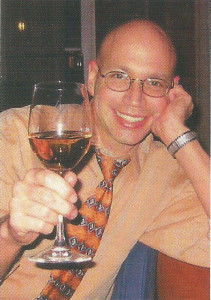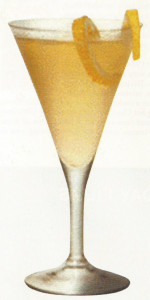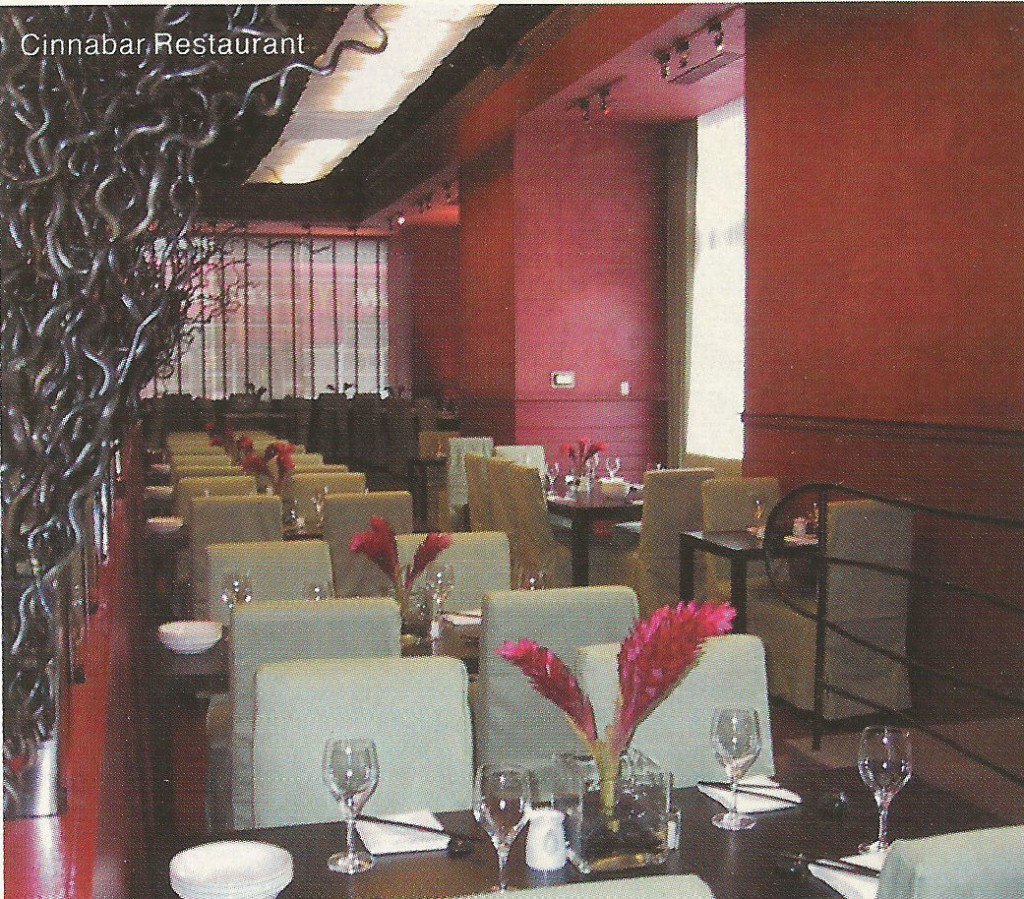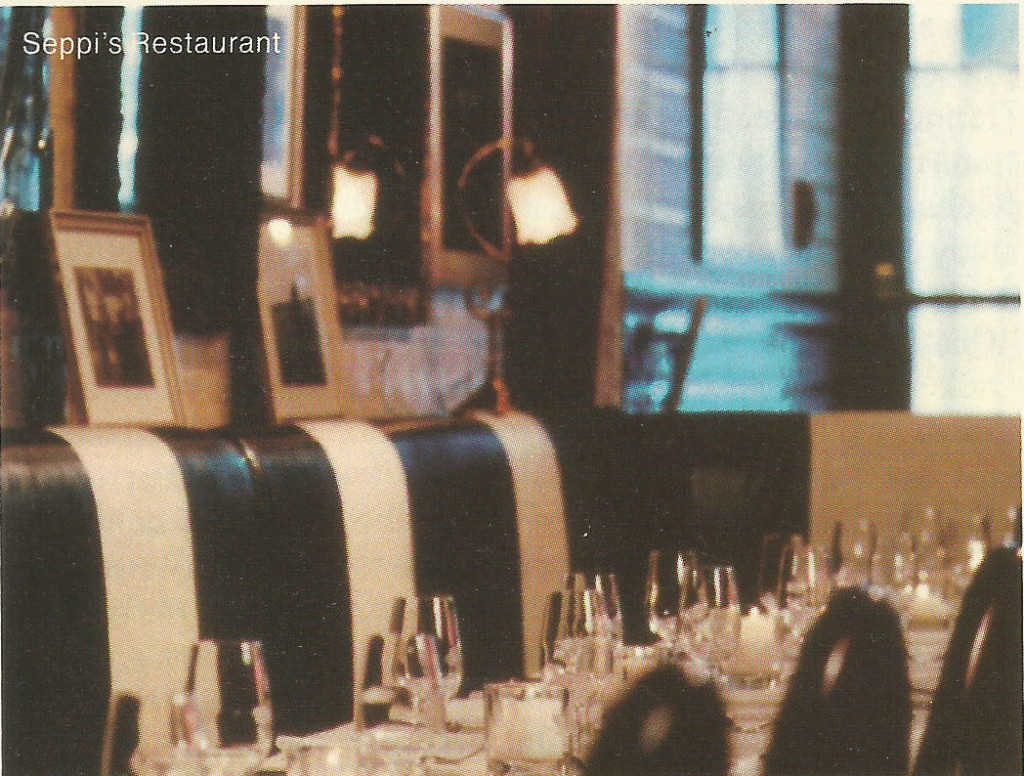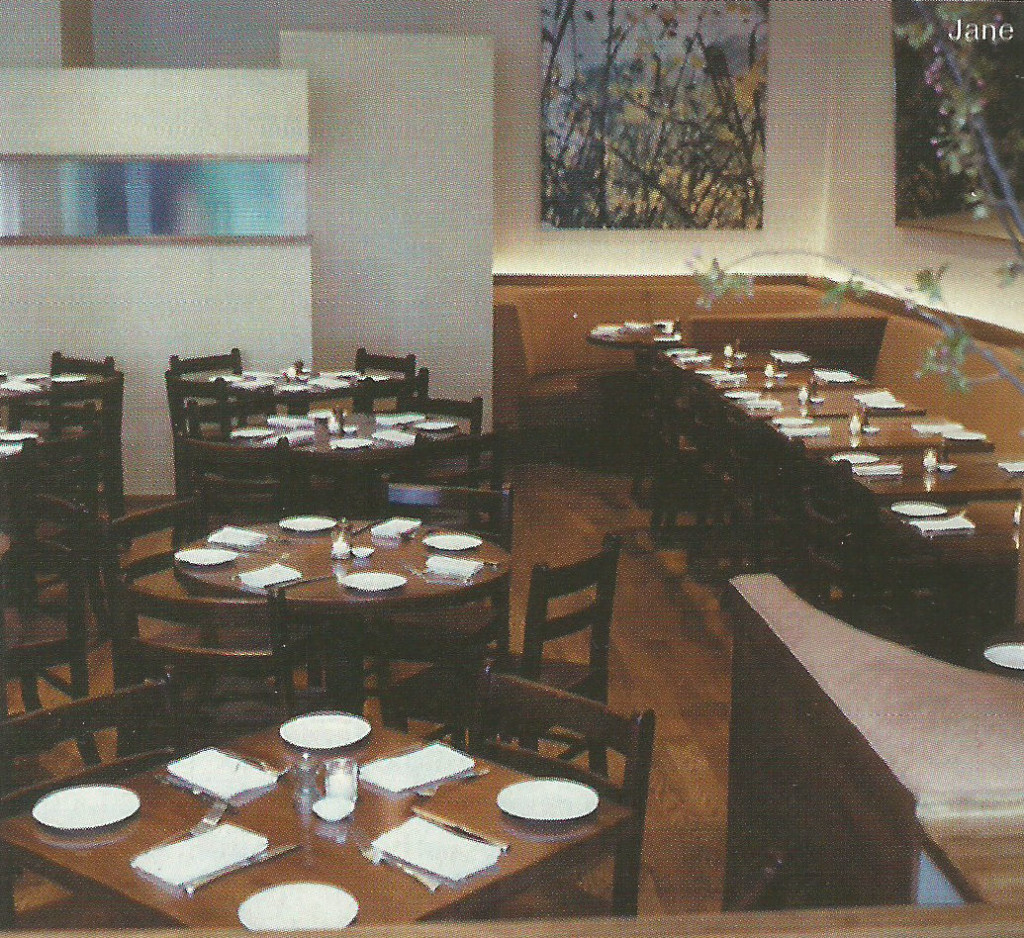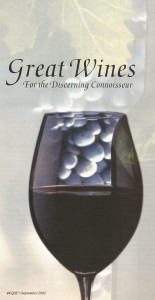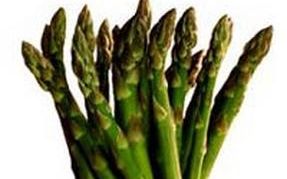World Eats – Sydney
Issue 14 – March 2003
Sydney is currently one of the exciting places for dining on the planet. Chefs and foodies alike are exploring brave new frontiers of cuisine using amazing seafood, pristine produce and unique native herbs and spices. With the wide range of cultures that call Sydney home, from Greek, Italian and Dutch to virtually every southeastern Asian ethnicity, the horizon seems limitless.
The Australian dollar currently runs close to two-to-one to the American dollar, so dining out may look initially like it’s just as expensive as dining out in New York, L.A. or San Francisco, but in reality is costing only about half.
[This was deleted from the final print article, and I want to include it here:
As long as you’re headed Sydney-side for luxury Modern Australian dining you may as well put yourself up in some great digs. The Contemporary Hotels group offers two great options right in the heart of Darlinghurst, on the edge of the main gay neighborhood. The Kirketon is all sleek, modern design with grey tones, chrome and splashes of bold color. Every detail has been thought out, right down to matching charcoal grey bars of soap! One of the hippest bars in the neighborhood, and one of the best new restaurants round out the package.
The Medusa is perfect for the business traveller who wants to unwind a bit. A converted, fashionable, eighteen room space that caters to every need. A private business lounge, courtyard fountain with chairs and tables to relax in, and rated one of the “coolest hotels of the 21st Century”, this is a don’t miss option. (www.contemporaryhotels.com.au) ]
Roughly ten years ago I had the opportunity to spend a month exploring the Sydney dining scene with some of the new, up-and-coming chefs on the food scene. A decade later, these chefs are at the forefront of the best restaurants down under. With maturity has come a level of attention to detail and a flowering of fine cuisine.
One note on dining out in Australia, even in a cosmopolitan city like Sydney. Many restaurants are open very short hours, often taking reservations only from 6:00 to 8:30 p.m., with only one seating per table; and don’t count on much in the way of late night dining at most of the tonier restaurants.
 ARIA
ARIA
Dining at Aria is as much an experience in atmosphere as anything else. Located on the second level of the far point end of East Circular Quay, from one side you have a fantastic panorama of Sydney Harbour and from the other an amazing view of the famed Sydney Opera House. The food is beautifully presented and thoughtfully prepared. You won’t find anything outlandish or challenging, but you will have an exquisite meal.
Two of the starters, a Peking duck consomme with wontons, abalone, enokii and mustard sprouts, and a boudin of quail stuffed with lumps of Balmain bug meat were outstanding. The winelist is extensive, well considered, and overseen by a staff of three young, completely competent sommeliers who, if you take their advice, will only heighten your dining experience. 1 Macquarie Street, 612-9252-2555. www.ariarestaurant.com
LONGRAIN
Several times while dining out in Sydney, chefs and and restaurateurs had told me to check out the “scene” at Longrain. Situated on a back street near Hyde Park, this cavernous space is devoted to chef Martin Boetz’ unique interpretations of southeast Asian cuisine. The space seats probably close to 150 people, half of them at long communal tables or bars. On a Saturday night, with many restaurants barely half full, Longrain was packed to the rafters. Nonetheless, the speed with which people drink, dine and depart was quite astonishing, and seating opened up quickly.
A moderately priced menu of delights like grilled octopus with pineapple, mint and chilies, and roasted chicken in tangelo caramel, was perfect for late night dining (one of the exceptions to the rule here). Small starters like fresh scallops grilled right on the shell, or smoked ocean trout and roe on betel leaves make a great beginning. A nicely selected winelist with a short, but good range of wines by the glass complemented the meal. 85 Commonwealth Street, 612-9280-2888.
QUAY EAST CHINESE
Being so close to southeast Asia, Australia is home to many ex-pats from that continent. Some truly outstanding chefs have made their mark on Sydney’s food scene. Quay East Chinese has a trio of them putting out some of the best Cantonese food you can find in the city. That doesn’t begin to take into account the spectacular setting along East Circular Quay in Sydney Harbour, with unobstructed, unparalleled views of the Harbour Bridge.
You can dine inexpensively if you order a simple dish or two and just relax, but if you want a truly outstanding experience order from some of the top banquet dishes. Amazing dishes from local fish can be prepared in your choice of classic Cantonese preparations. A two pound abalone showed up at our table sliced paper thin and stir-fried in just a touch of oil with snowpeas. This was unquestionably one of the most sublime shellfish dishes I’ve had in years, and unquestionably the best abalone I’ve ever had. Shop 8, 1 Macquarie Street, 612-9252-6868.
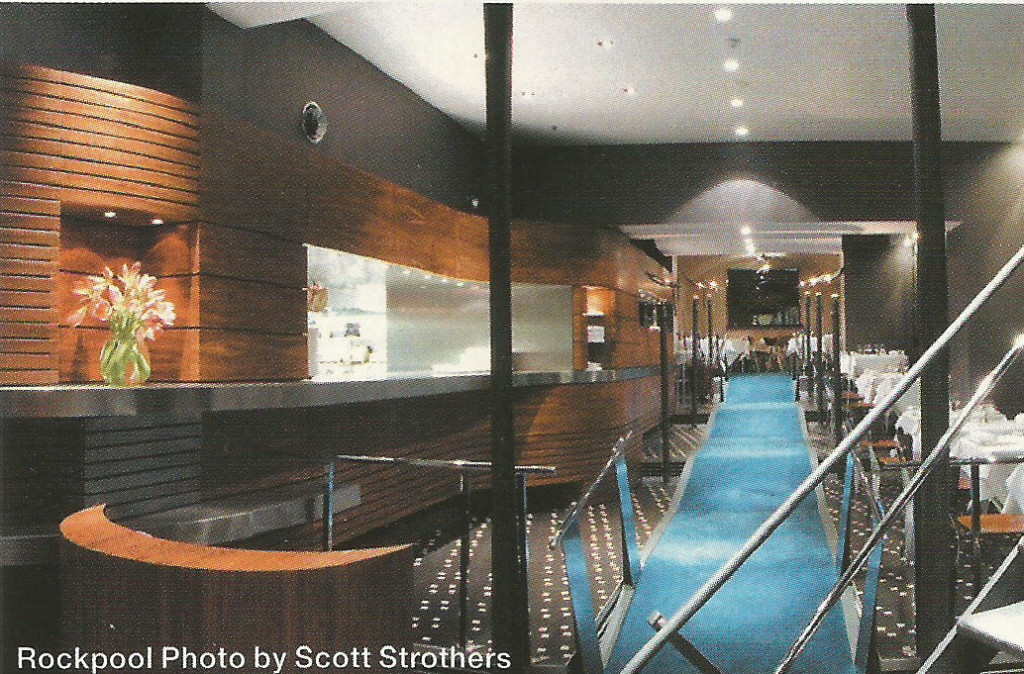 ROCKPOOL
ROCKPOOL
Okay, a decade ago Neil Perry was already a star. He was also a bit of an enfant terrible, and many of his dishes showed more boldness than refinement. Over the years he has opened and closed other restaurants, written books, hosted a fantastic cooking show, produced his own CD’s to cook by, planning Qantas airlines menus, and generally just been all over the food scene. Rockpool has survived, thrived, and quite recently, been completely renovated.
Opened in 1989, Rockpool is sleek, chic and sexy and the perfect showcase for someone with Chef Perry’s enthusiasm and skill. His signature “flavours from the sea”, small samplings of amazing sashimi each with their own accompaniment, is legend. Squid ink pappardelle with grilled squid, a Middle-Eastern style Yllarra lamb, and his signature date tart are must haves. A daily tasting menu, with optional paired wines, and one of Sydney’s more interesting winelists are all part of the game plan. 107 George Street, The Rocks, 612-9252-1888. www.rockpool.com
SALT
When I was last here, Luke Mangan was a budding new chef who had just joined the Sydney dining scene after taking time out to work in Europe. He worked under three Michelin star chef Michael Roux for nearly two years after having served his apprenticeship under one of South Australia’s finest chefs. In early 1999 he opened Salt in The Kirketon hotel to critical acclaim.
At Salt, Chef Mangan puts out intricate, off-beat combinations that are unexpected and completely tantalizing. Soft-poached quail eggs rolled in celery salt and brown sugar launch a meal that includes amazing dishes like roasted barramundi (a native fish) with basil and preserved lemon risotto, seared scallops in spicy coconut broth, cornmeal and chili crusted marrons (large freshwater crayfish) with cauliflower puree and star-anise broth, nori-wrapped tempura of quail topped with a sesame-wasabi sauce and a stunning finish of licorice parfait in fresh lime syrup. Salt also boasts a fantastic winelist and a great tasting menu with an option for paired wines. 229 Darlinghurst Road, 612-9332-2566. www.saltrestaurant.com.au
TETSUYA’S
There are certain chefs on the planet who the powers that be have blessed with talents above and beyond ordinary mortals. Sydney is blessed with one of these, Tetsuya Wakuda. A decade ago, in a forty-seat hole-in-the-wall in suburban Sydney, Tetsuya’s was the most impossible restaurant to get into. There he drew chefs, foodies, and press from the world over, all competing for the limited seating that was available. Two years ago he purchased a two story building with multiple dining rooms in downtown Sydney. Possibly the handsomest restaurant I’ve ever set foot in, the two main dining areas and the bar-lounge flank a stunning Japanese garden and pool. It’s still probably the hardest reservation you’ll ever try to make.
The wine program is not only one of the best I’ve seen in Australia, it is extraordinarily thought out in relation to the food. Tetsuya’s cuisine is a fusion of Japanese and French. The only option is for a degustation menu, which is alterable to fit dietary considerations. The food is sublime and elegant, featuring simple yet amazingly creative flavors. We managed twenty courses that included plump pink Tasmanian oysters in mirin-ginger sauce, chestnut, mushroom and truffle consomme, kingfish sushi with orange jelly, confit of ocean trout with fennel salad, and grilled filet of veal with sea urchin-wasabi butter. 529 Kent Street, 612-9267-2900.
Passport magazine is a relatively new, ultra-slick, ultra-hip gay travel magazine. My friends Don Tuthill and Robert Adams, respectively the publisher and editor-in-chief, who have owned and run QSF magazine for many years, launched this publication recently. It has received industry accolades. They asked me to come along and write the occasional article for this venture as well.
